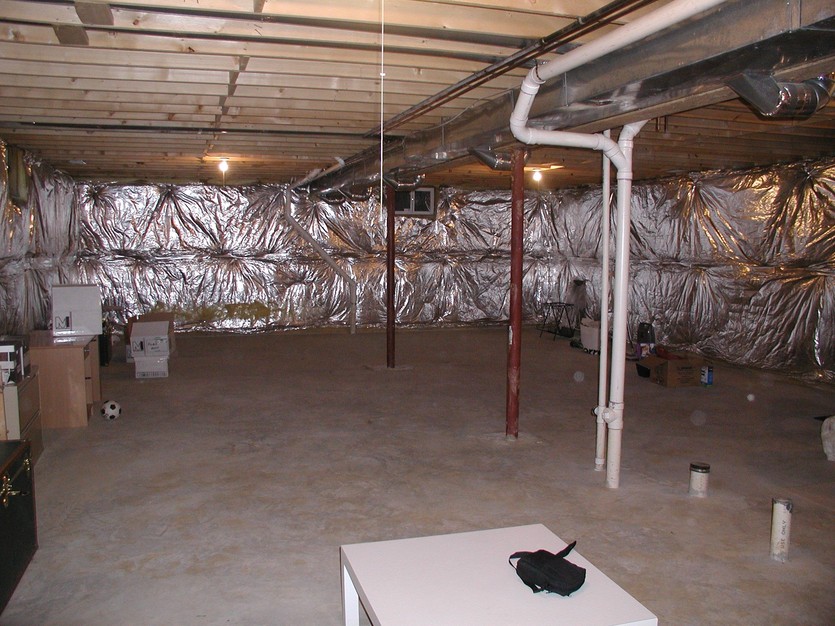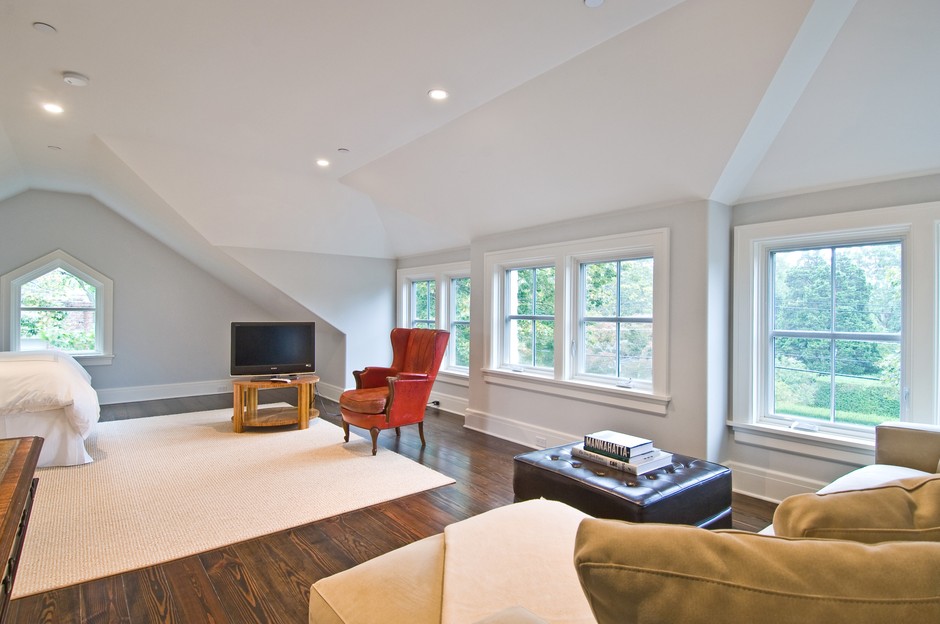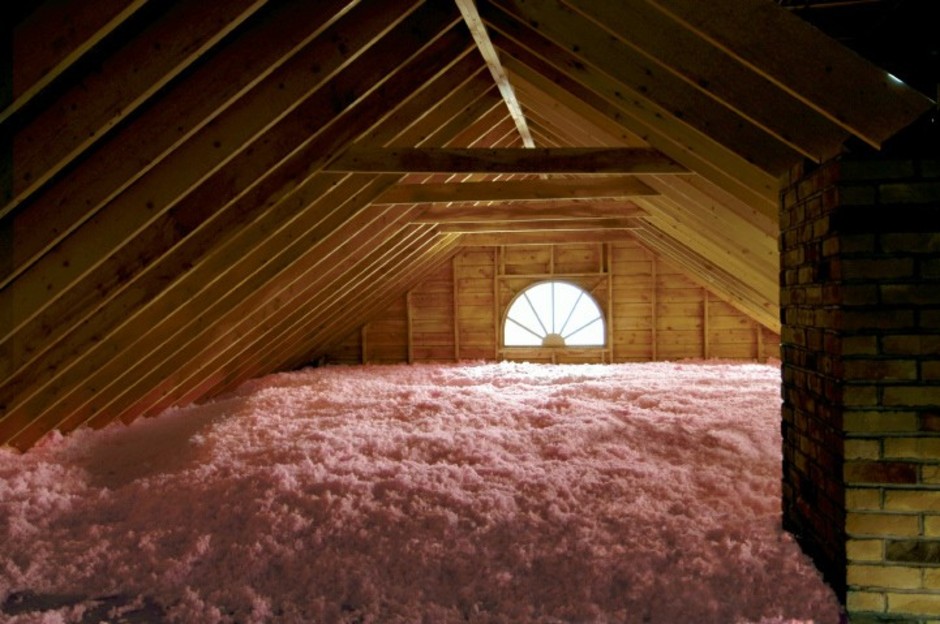The shell of your home is meant to protect the inside from drafts while blocking heat loss, providing comfort to you and your family, and creating an energy efficient environment. Checking your home for air leaks and knowing how to seal up these problem areas can be a cost-effective way to improve and control your surroundings. Common air leaks that are easy to locate can be fixed on your own by adding insulation or sealing spaces around windows and doors. But some holes may be hidden or bigger than you expected. Hiring a professional to accomplish more difficult tasks will ensure leaks are properly sealed and insulated. Before you begin to check for air leaks in your home, look to these tips whether your project is best to DIY or if you should hire a professional.
Why should you check for air leaks?
Detecting air leaks in your home can reduce energy costs for heating and cooling, while increasing comfort and health. Air leaks are when outside air enters the inside of your home through cracks or space openings. This can result in poor air quality as it imposes on your standard and monitored air conditioning and heating. Air leakage can also lead to letting moisture enter and grow, which can impact structural elements in your home, along with health hazards. The following is a list of common household air leak areas:
- Windows and doors
- Wiring holes
- Air ducts and furnaces
- Recessed lighting fixtures
- Basement framing
- Attic hatches
- Behind kneewalls
DIY sealing and insulating
Some air leaks can be fixed by the DIY method if there is easy accessibility to the location and you have the proper equipment. In order to provide successful sealing, plan your locations for action in your home. Making note of all areas you plan on filling will help you estimate the amount of time your project will take, while also ensuring your process is thorough. Most DIY sealing and insulating projects can be competed in a couple days and provide long-lasting durability. Consider these project areas when attempting to DIY your home’s sealing and insulating.
Attic
Whether your attic is finished or unfinished will determine how big of a project your sealing will be. Spot common leakage areas such as crevasses and cracks or dirty insulation (dirty insulation is an indication that air might be moving through). Plugging these cavities with silicon or acrylic caulk can seal smaller holes, but larger holes may be a sign of worn down insulation. In this case, you will need to either install fiberglass insulation or for a simpler solution, spray foam insulation can expand and seal larger holes and is also heat-resistant. Some attics may have health hazards such as asbestos in which an inspection by a professional should be conducted. For best results, DIY your attic sealing and insulation in smaller areas, especially if you’re unaware of any codes or conditions your home should be up-to-date with. Be aware that attics can be dangerous: exposed nails or unsupported flooring can make attic exploration hazardous. When in doubt, call in a heating and cooling specialist to inspect and seal the attic.

Basement
Similar to how a chimney acts, cold outside air tends to be drawn down into basements as hot air rises up to the attic. Gaps in the foundation, rim joists (main framing that supports floors and ceilings), and opened vent ducts are areas that may need to be sealed or insulated. The process is similar to the attic, as these areas can be filled with caulk and expanding spray foam. Caulk can be used to fill smaller areas such as wiring holes and cracks, while spray foam can reach and fill larger areas. Some insulation may need to be replaced in which you can choose to DIY as well by inserting loose fill on top of fiberglass, but leave it to a professional if you’re unsure of certain techniques such as the R-Value used to measure the amount of insulation you should install.

Doors and windows
When air drafts in through openings between the floor and bottom of the door or space between the side of a window and wall, this can create an uncomfortable, annoying environment that is also costing you extra money. Simple caulking these spaces or adding weather stripping to seal air leaks can reduce outside weather entering your home through unwanted cracks.
What a professional can do
There are some more difficult tasks that a professional will be able to handle more efficiently and quickly than you could on your own. This doesn’t mean you can’t accomplish certain sealing and insulating projects on your own, but a professional is an expert in this specific area and the likelihood of your home being protected and sealed at a level of high-quality is greater. A contractor will have necessary equipment and tools to find and seal hidden leaks in your home that you may not have noticed on your own. According to Energy Star there are many projects that a contractor can correct for problem area conditions, such as the following:
- Wet, damp or dirty insulation
- Rotten or molded surfaces indicating moisture
- Dryer vents exhausting indoor rather than outdoor
- Minimal or no attic ventilation
- Exposed wiring acting as a fire hazard
- Unsealed or recessed lights surrounded by insulation
Most energy home services can provide you with a detailed inspection of the amount of air leaking into your home. Different tests and audits provide a quantity of air leaking out while also being able to pinpoint the exact location of the leaks. Hiring a service may cost a little extra in the beginning, but it will make sure that all leaks are located and filled to improve the comfort of your home, and in the long run save you on the cost of having to fill reoccurring leaks due to DIY mistakes. The level of quality and improvement can even be confirmed by the professional after all leaks are sealed and insulation inserted by additional post project tests. For instance, a blower door test determines a home’s airtightness by measuring air flow. Before you decide to take on your air leak problems by yourself, consider the scope of the project and whether it may be over your head.
Top Image Credit: The Inman Company





